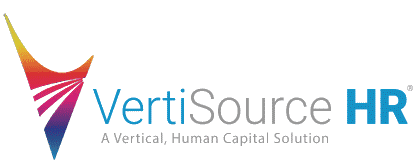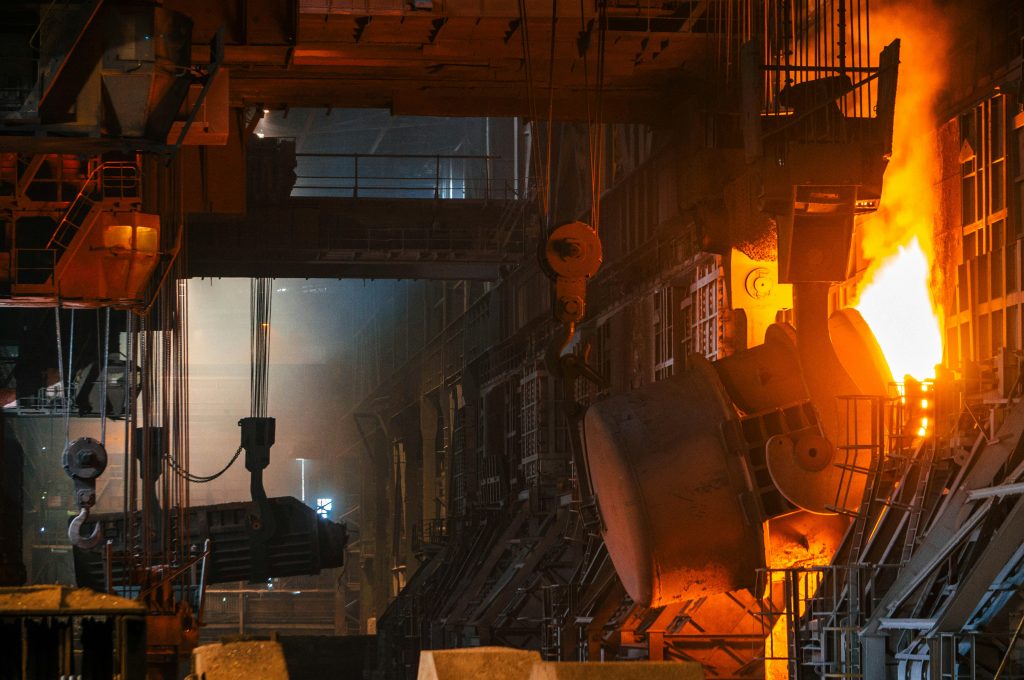The California Occupational Safety and Health Standards Board recently voted to adopt a new heat illness standard for indoor work areas, which is expected to take effect on August 1, 2024. With the standard coming into effect soon, here are a few things employers need to know.
Requirements when Temperatures Rise to 82 Degrees
When indoor work areas reach 82 degrees, employers must comply with a few workplace requirements.
Employers must develop a written heat illness prevention plan, which includes procedures for various things like access to water, cool-down areas, measuring indoor temperatures, acclimatization, and emergency procedures. Employers are also required to provide employees with fresh, pure, and cool drinking water for free. This water must be easily accessible to employees in their working areas and their “cool-down” areas. Employers are required to provide cool-down areas; these give employees space to rest and eat their meals.
Furthermore, employers must train all employees on the risks of heat illness. This includes signs of heat illness and procedures for complying with the new indoor heat illness standards. Employers must also closely monitor all employees who are newly assigned to high heat conditions for any signs of heat stress or potential illness.
Requirements when Temperatures Rise to 87 Degrees
When temperatures reach 87 degrees, a few additional requirements need to be met.
When employees are working, employers must measure and record temperatures when they first suspect that indoor temperatures have reached 87 degrees. These records are to be maintained for at least 12 months. Additionally, the ruling requires employers to follow a list of control measures. These control measures are in place to reduce the risk of heat illness, which will likely increase employers’ costs. These are items like updated air conditioning systems or other building updates. If these cannot bring down the temperature below 87 degrees, employees must be allowed to use personal heat-protective equipment like air-cooled garments.
Exceptions to The New Rule
There are two main exceptions to this rule.
First, an exception is recognized for employees exposed to high indoor temperatures for less than 15 minutes in any one-hour period. Second, the rule doesn’t apply to teleworking situations, where the employee chooses their own work location because employers have no control over this.


